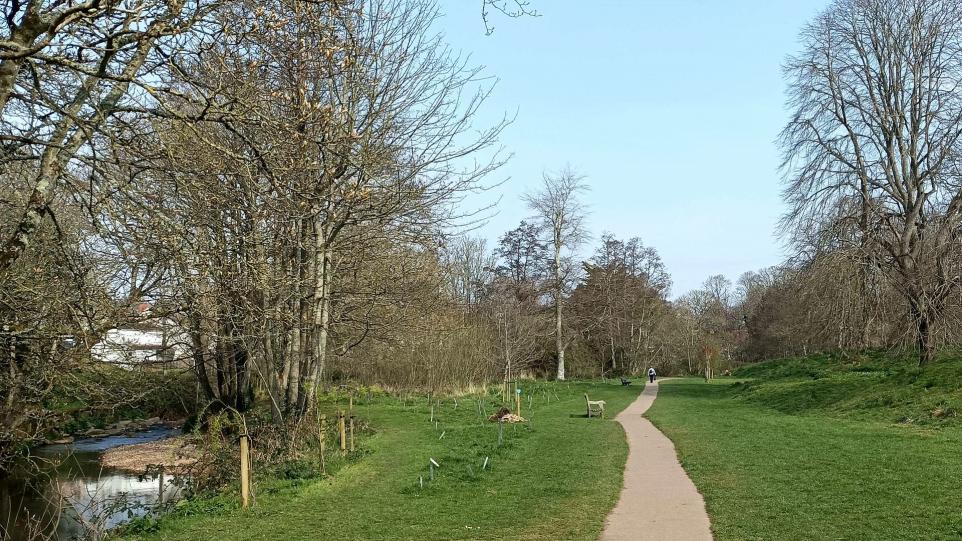Is installing reed beds a viable option to clean our water? – whether in private gardens, large-scale sewage treatment or to diminish the effects of farm run-off?
It is certainly being appreciated across the farming community that reed beds help to offer a solution to reducing the runoff pollution risk – as this piece from the Farmers’ Guardian from last month shows:
Installing reed beds to capture farmyard run-off has steadily increased as farmers work to protect their waterways from pollution [paywall!]
Willow beds can form a similar function in sewage treatment, as covered by the Centre for Alternative Technology. And so-called Constructed Farm Wetlands can treat agricultural water pollution and enhance biodiversity, according to the Wildfowl and Wetlands Trust. Their report is from over a decade ago:
Our freshwater environments – rivers, lakes and other wetlands – are in an alarmingly poor condition. In England and Wales, less that 25% are currently considered to be healthy under the European Water Framework Directive (WFD). The reasons for this are many and varied, but right at the top of the list is pollution. In recent years we have made a great deal of progress in tackling some of the major point-sources of pollution but diffuse pollution, and particularly diffuse water pollution from agriculture, remains one of the most significant issues affecting the ecological status of our freshwater environment.
These can be considered as “sustainable drainage systems” – or SuDS, which are often associated with urban green infrastructure. But the same systems can also apply in rural and farming areas, especially to manage farm run-off.
Meanwhile, in Sidmouth, there have been stretches of willow planted along the River Sid in the Byes park – as reported last summer:

This shows the multiple uses of willow along river banks – as they can keep down erosion rates by acting as a bank stabilisation.
To finish on the farm, the Woodland Trust reminds us that integrating trees into farming systems can improve water quality and help mitigate flooding, while also supporting production. Here are just a couple of excerpts from their report on planting trees to protect water:
Pollution can include ‘point source’ pollution from yards or manure heaps and slurry lagoons, through accidental spillage of chemicals, from access points for livestock to water courses and so on. It can also be through more ‘diffuse’ pollution through application of agricultural chemicals and manures, deposition of airborne pollutants, particularly from livestock production, or from overland runoff. An estimated 25 per cent of the phosphates and 50 per cent of nitrates in rivers are from agricultural sources…
The role of trees, woodland and other associated habitat in helping to mitigate the impact agricultural practices on water quality is to intercept the pollution pathways and capture pollutants. Pollution pathways can include … overland runoff (such as soil erosion and concomitant phosphate loss)…
For woodland to act as a nutrient sink, fast growing species such as willow and poplar can be beneficial. They are quick to establish and rapidly provide a filtering and stabilising effect. Willow has multiple benefits because of its dense root structure, and its wildlife value – it harbours a wide variety of insects, which can provide a food source for fish.
…
